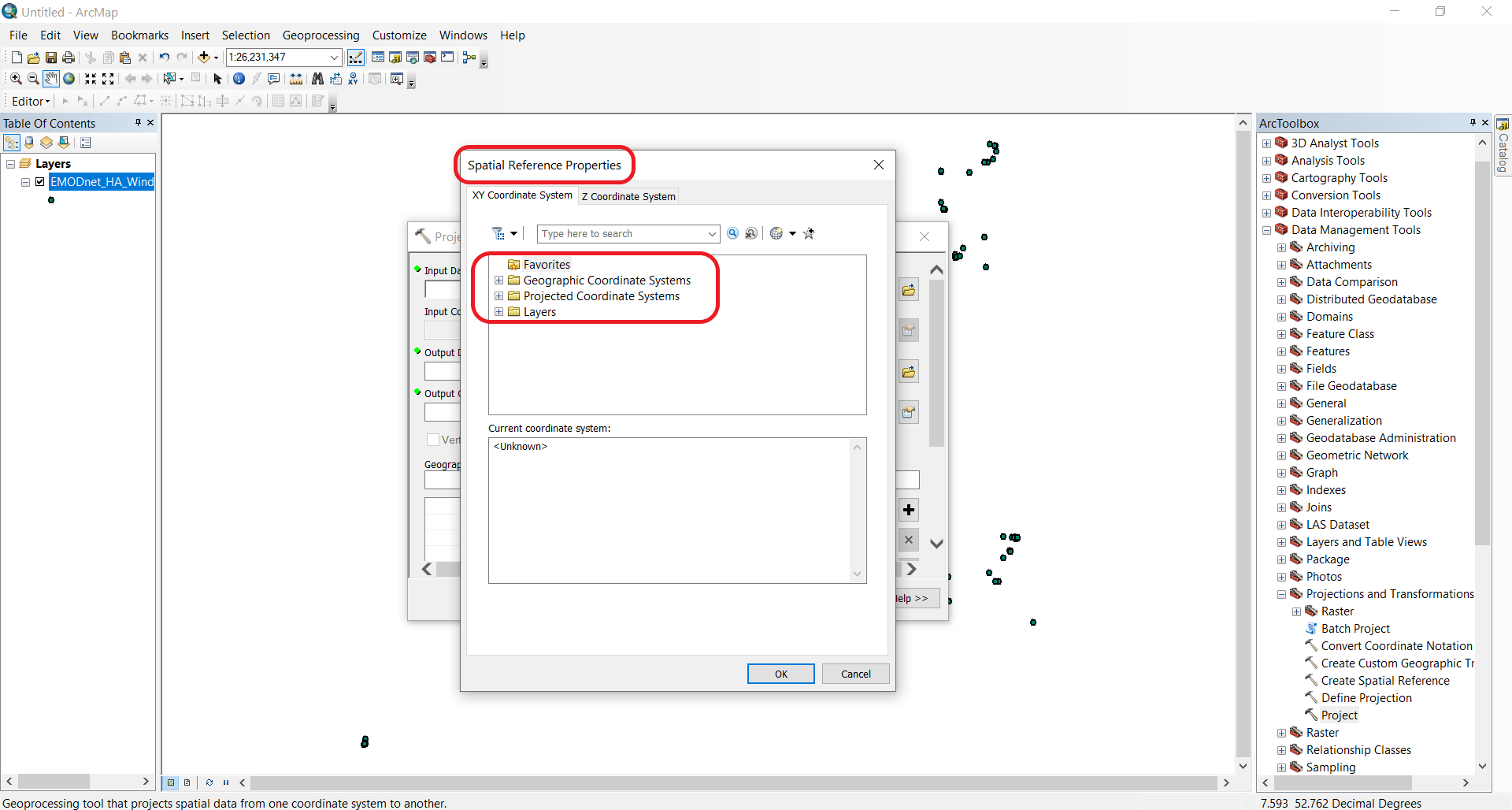

Each represents a different level of greenhouse gases being added to the earth's atmosphere. Climate science organizations worldwide generate future climate models based on scenarios called representative concentration pathways (RCPs).Īs stated in the terms, concepts, and common structures of climate data page, there are four RCPs.

The range of future climate change depends on the concentrations of greenhouse gases that will be emitted into the atmosphere over years and decades. In this section, you'll explore climate anomaly data, or models of possible future climates. In the previous section, you explored baseline climate data, which is historical in nature.

If your data were based on equal-area cells, the skew in this histogram would be even stronger, with a significant majority of cells being warm. In fact, the area of the earth's surface represented by the uppermost row of cells in your map is smaller than the surface area represented by just one cell at the equator. The equatorial region occupies almost half of the earth's surface area, but this fact isn't obvious on your map because the WGS84 coordinate system stretches the polar regions. The bin with the highest count contains data points distributed within -22 degrees to 31 degrees latitude. The selected data is also selected in the scatter plot. With a table, you can sort the data to see the highest values and compare them to the values of the Red Sea. To answer these questions, you'll create a table of the temperature values in the NetCDF file using a geoprocessing tool. But how warm, exactly? How do these values compare to elsewhere in the world? The cells above the Red Sea have temperature values close to 30 degrees Celsius, which seems very warm. The water's high heat capacity makes it difficult for the air immediately above the Red Sea to cool down at night and even seasonally, leading to higher average temperatures. The surrounding land has a much lower heat capacity (just under 1 J/g degrees Celsius), causing it to heat and cool quickly. Higher heat capacity means it takes longer to heat and cool the water. This results in high salinity levels, which give the waters high heat capacity (4.18 J/g degrees Celsius). The Red Sea is in a warm equatorial region and therefore has a high level of evaporation. This may seem counterintuitive, as one might expect the air over a large body of water to be cooler. The values are hotter within the Red Sea than over adjacent land areas. You'll also adjust the legend to include temperature units. You'll symbolize the layer with a color ramp that is more intuitive for visualizing temperature data. To show changes in magnitude for the same kind of information, the best option is to change lightness and value. On maps, changes of color usually imply changes in meaning.

The default symbology of the layer uses a full-spectrum color ramp. In the Contents pane, the legend for the layer indicates that the highest temperature value is 30.35 degrees Celsius (or 86.63 degrees Fahrenheit) and the lowest value is -56.3 degrees Celsius (or -69.34 degrees Fahrenheit). The north-south extent of the individual cells is 70 miles everywhere, but the east-west extent decreases with the distance from the equator. The cells in this raster layer are 1 degree of latitude by 1 degree of longitude, or about 4,900 square miles (12,346 square kilometers) at the equator. The layer depicts mean annual temperature around the world.


 0 kommentar(er)
0 kommentar(er)
